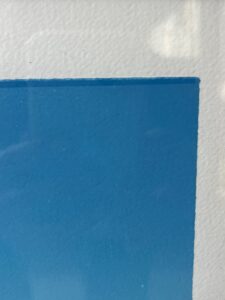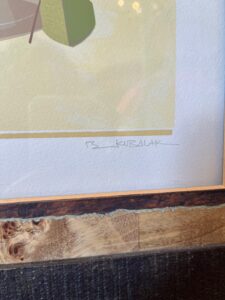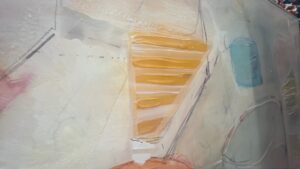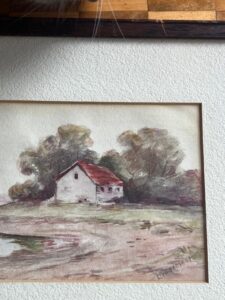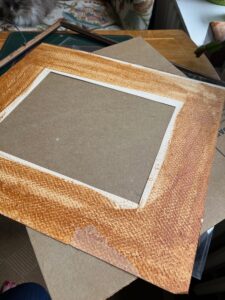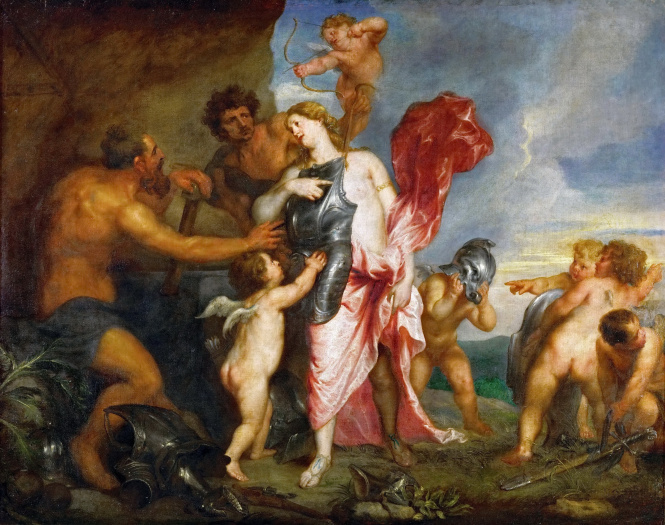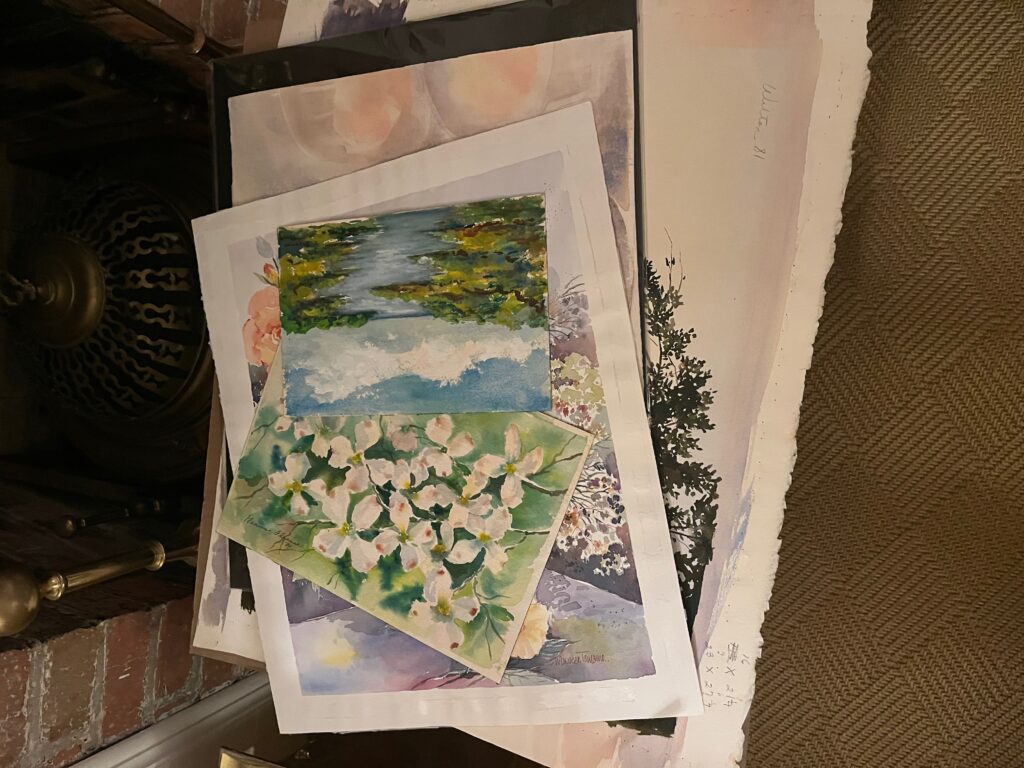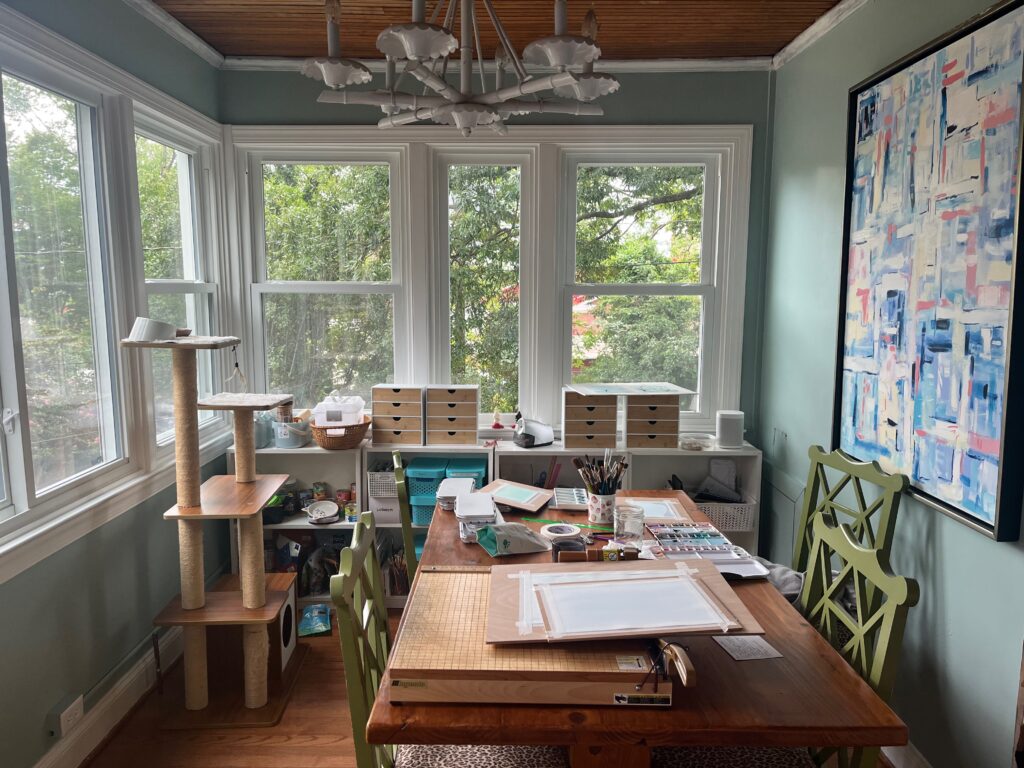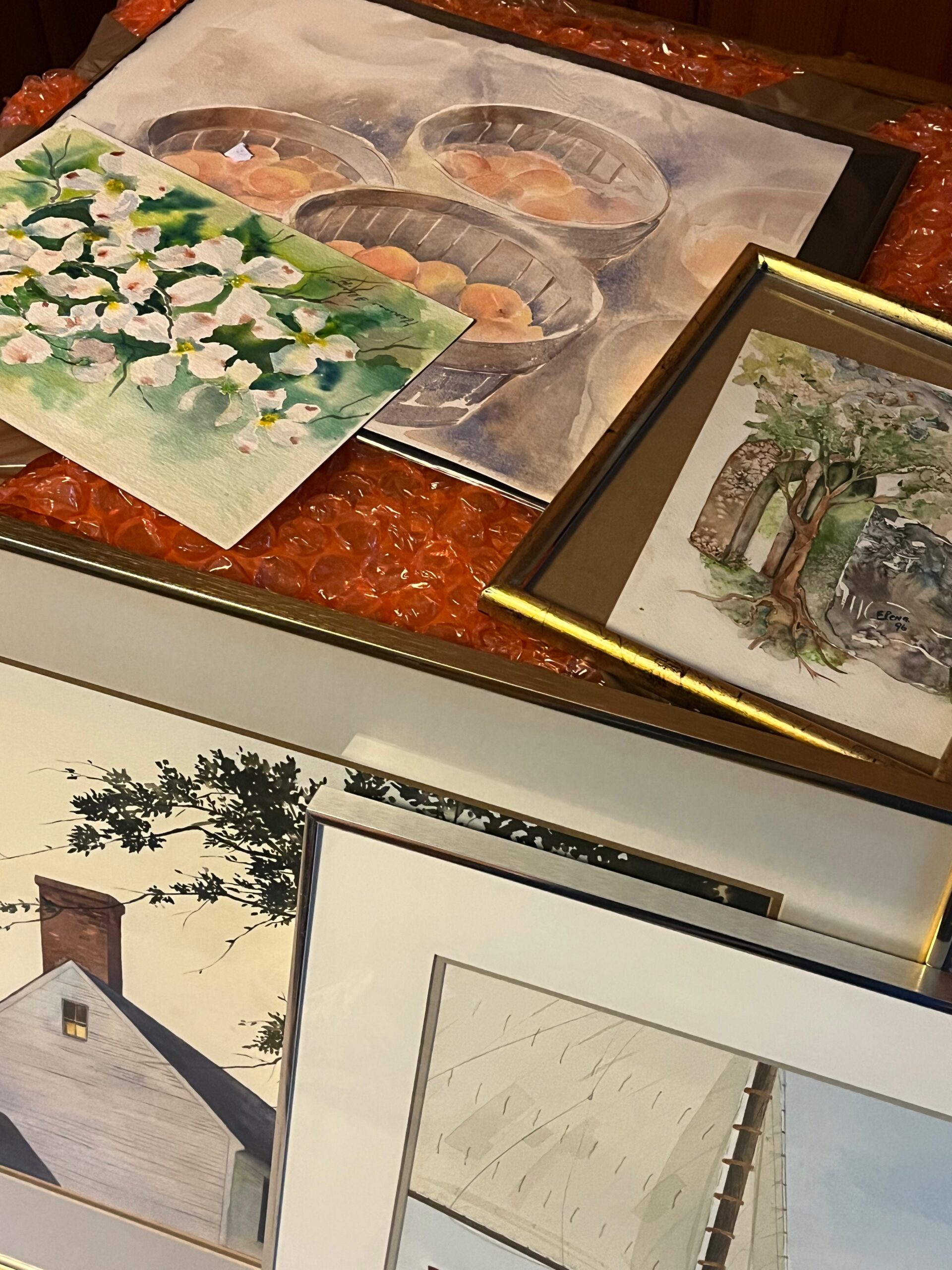
Earlier this year (was that really way back in January??) I wrote this blog post about having real art versus prints in your home. Or, as one of my designer friends says, accurately and damningly, “Why are we putting photocopies on our walls?”
That was more of a meditation than a how-to, and since the headquarters at Sallie Hess Interiors is wildly awash in vintage art right now, I figured I would use these examples to give you a quick primer before you go browsing this weekend. We’ll cover taking it apart and figuring it out, and how to assess condition, in part 2, next week, promise, pinky swear. I’ll even add some more take-apart videos to my Instagram over the weekend.
The biggest hurdle to owning original art is, well, buying it. Many of you worry that you don’t know what you are doing, so you don’t do it at all. Don’t worry. We’re going to get through this together.
Maybe you worry about whether you are getting scammed, or whether you’re paying too much, or whether it’s “real,” or who the artist is, or whether the frame is terrible, or whether you should be allowed to like it, or whether other people will think it’s ugly. Please let me allay most of those fears. Who cares, honestly, who likes the art on the walls of your home? You like it, that’s enough. Frames are replaceable. You’re not aspiring to find the next Rembrandt and sell it for 9 figures, right? So the only part of that list that matters is not getting scammed or buying a fake, and we will figure that out together in this blog post.
Being a watercolorist myself, I like to buy works on paper. I have a special place in my heart for them, because I know how perilous the process is. I like the transparency and immediacy of them. That’s a personal preference. But the bargain hunter in me likes that they tend to get overlooked at flea markets and shops all the time. They might look like a print, and remember, we don’t put photocopies on our walls.

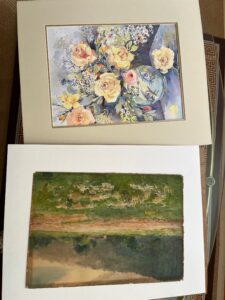
(Like I said, we are drowning in art over here. HMU.)



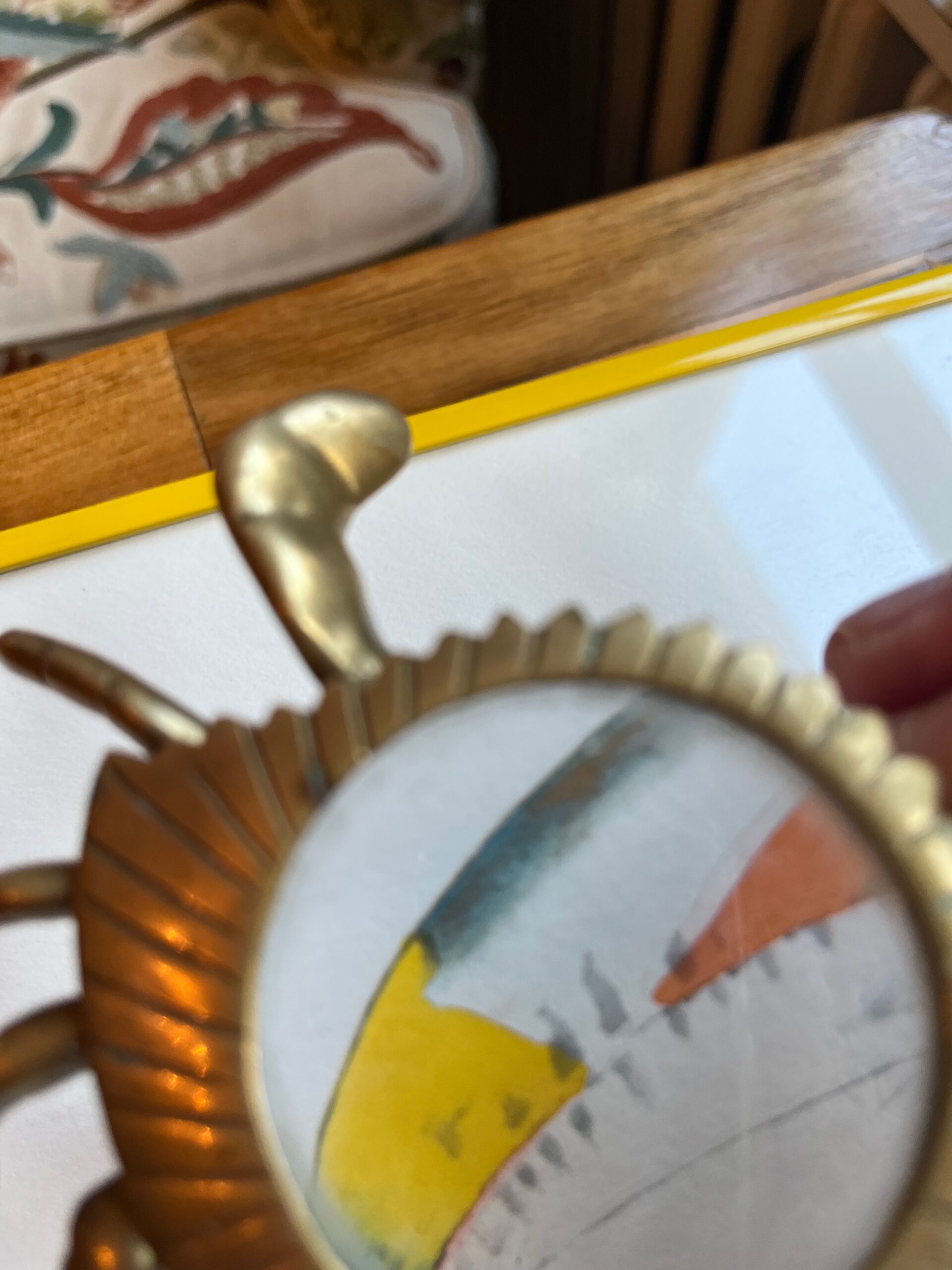

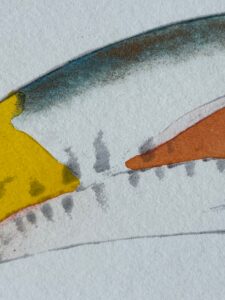
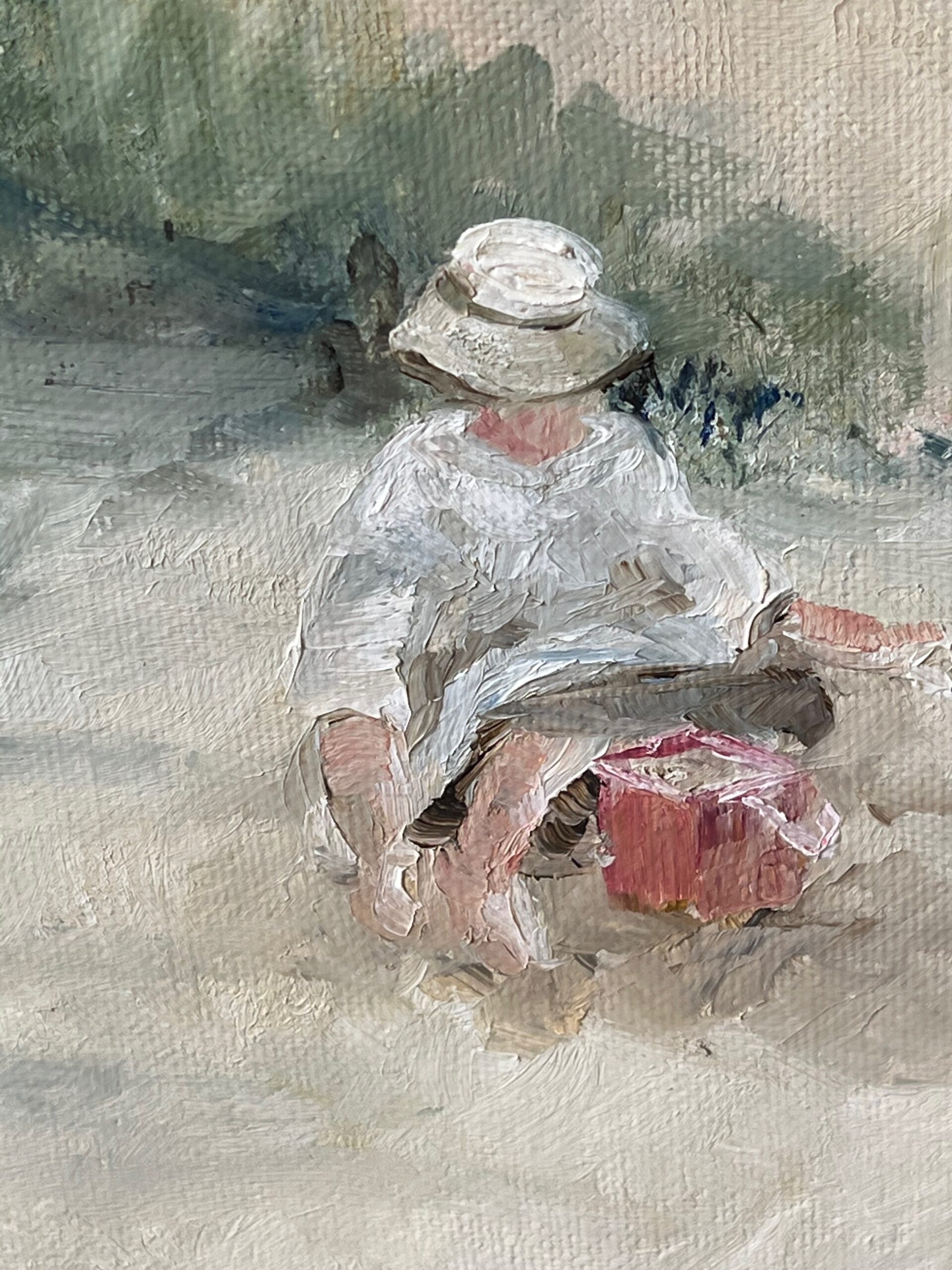
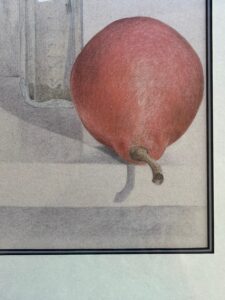 .
. 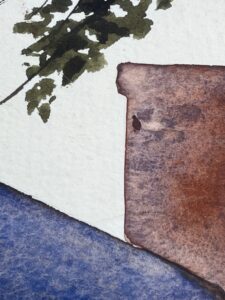

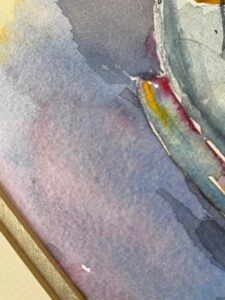 .
. 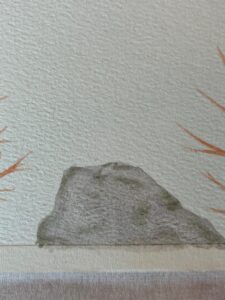
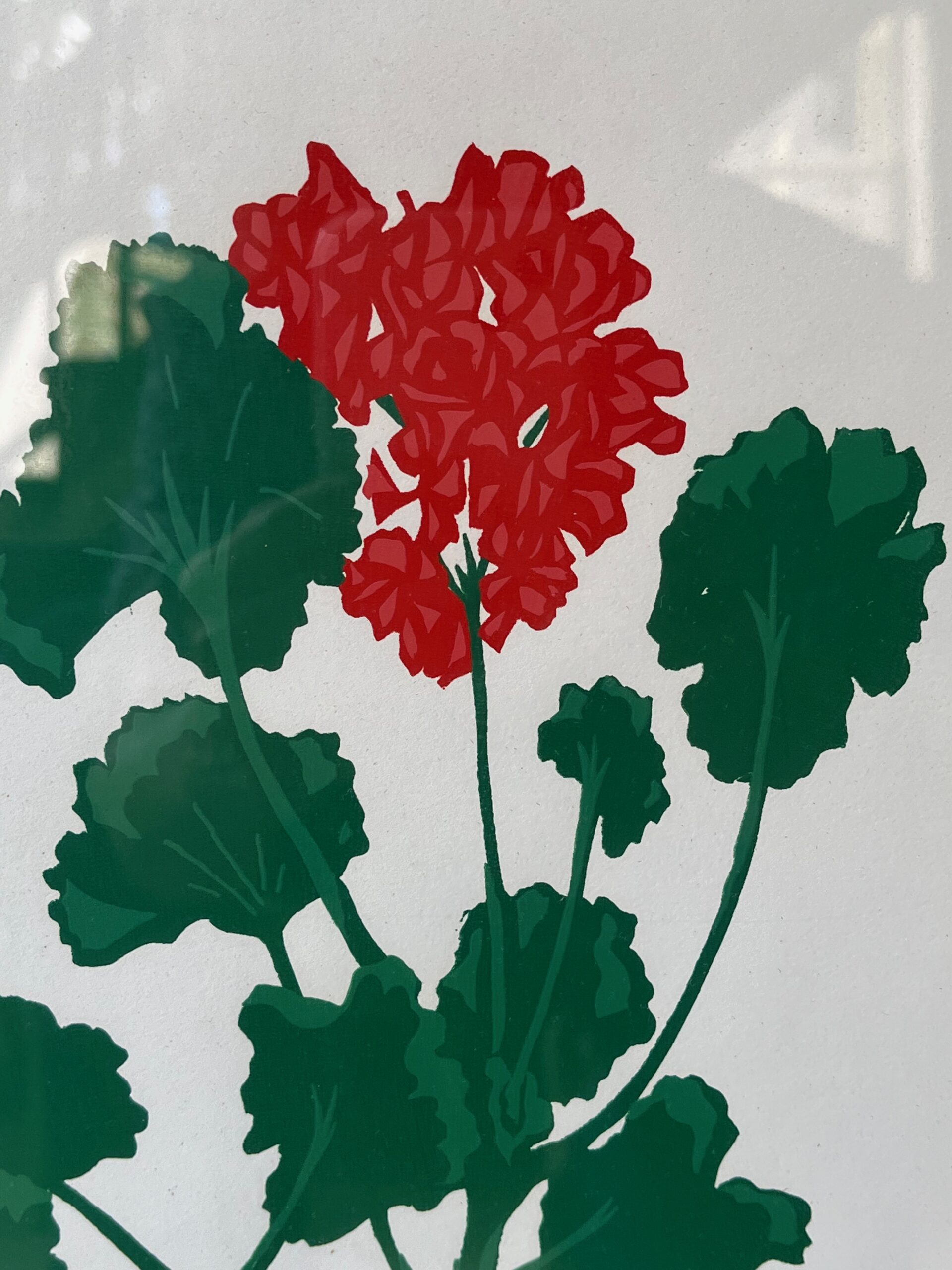
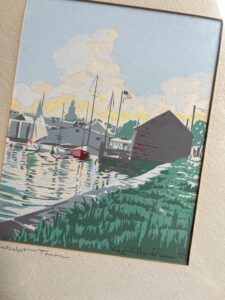 .
. 
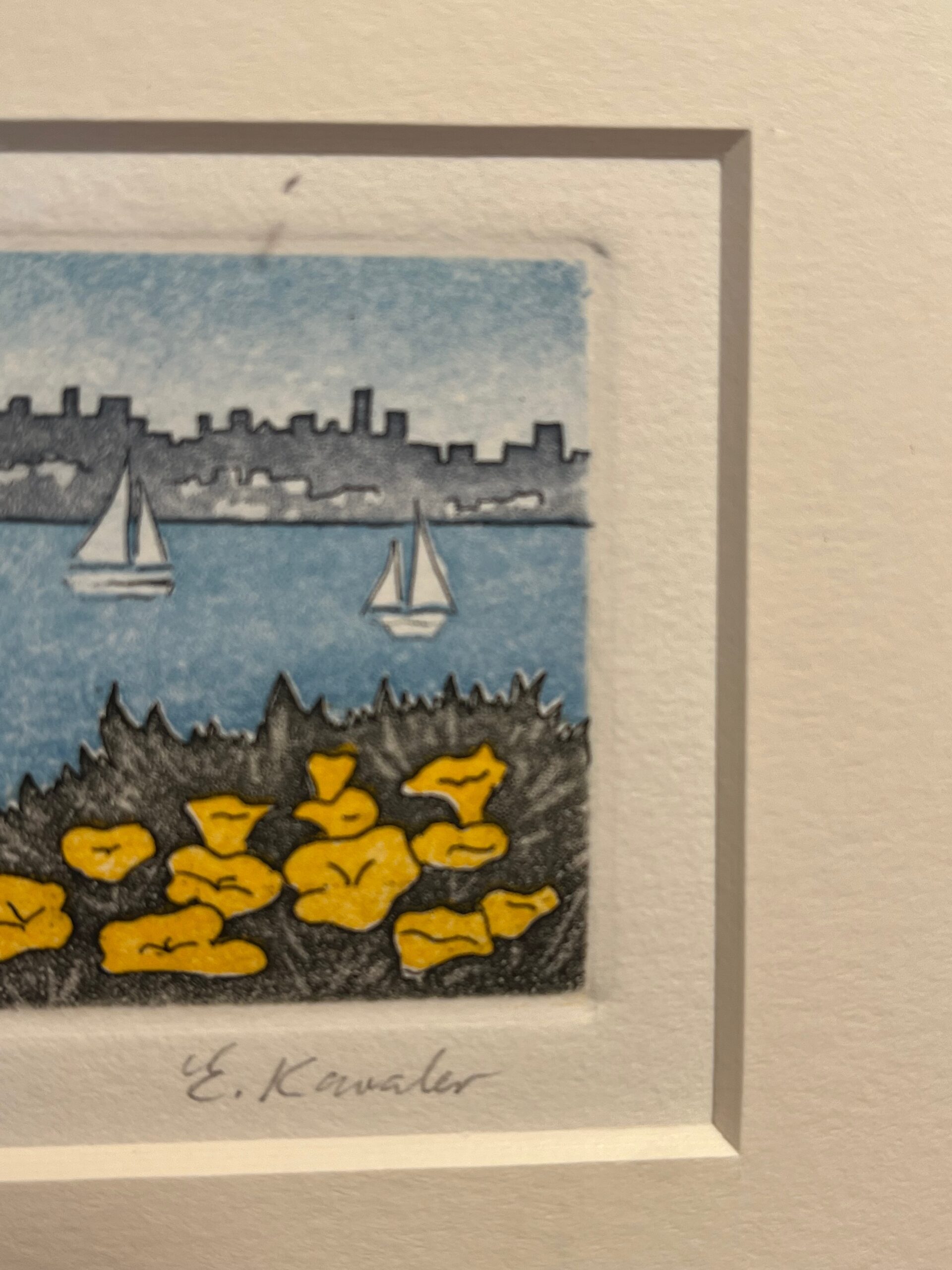
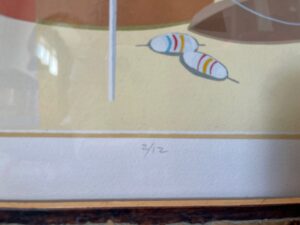 .
. 